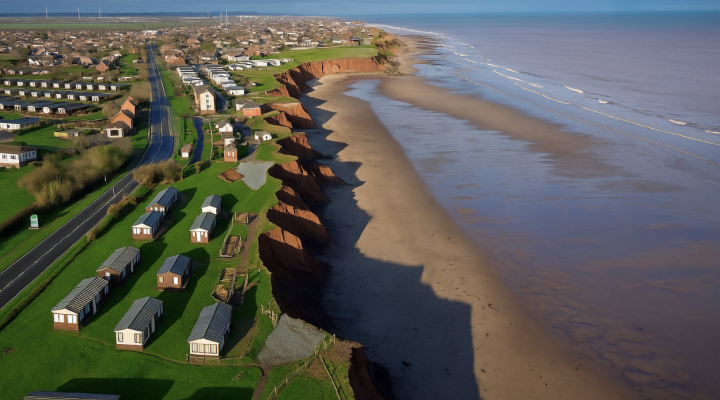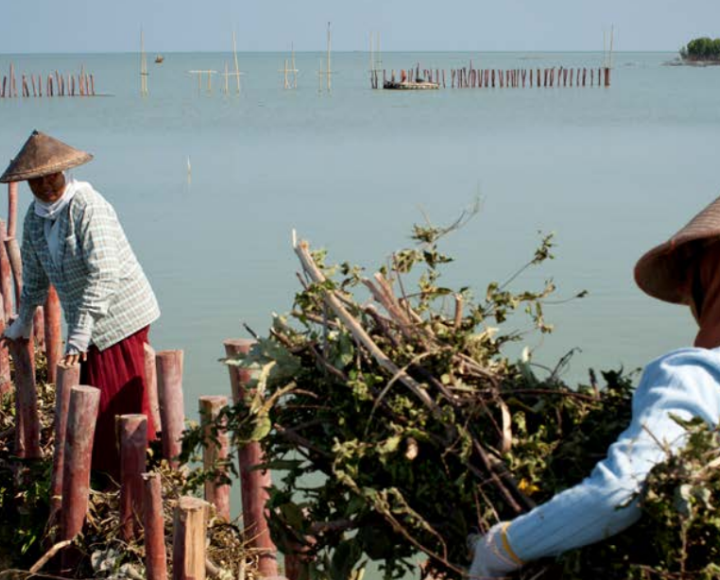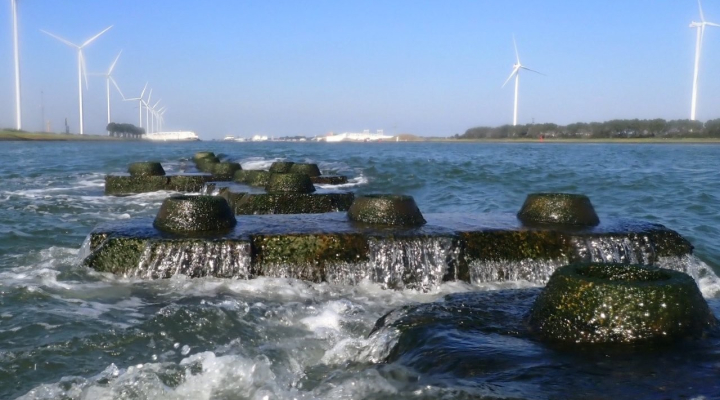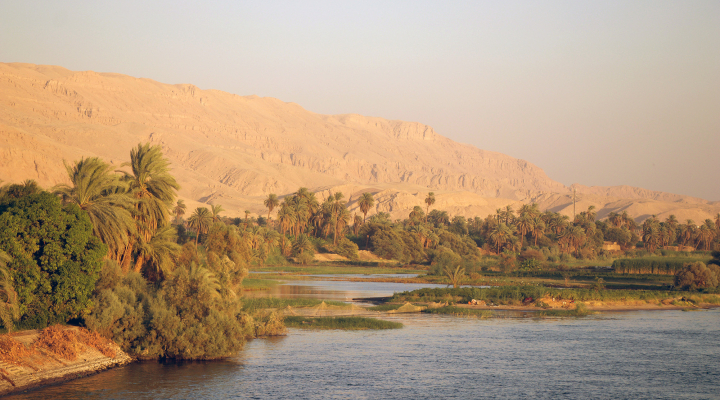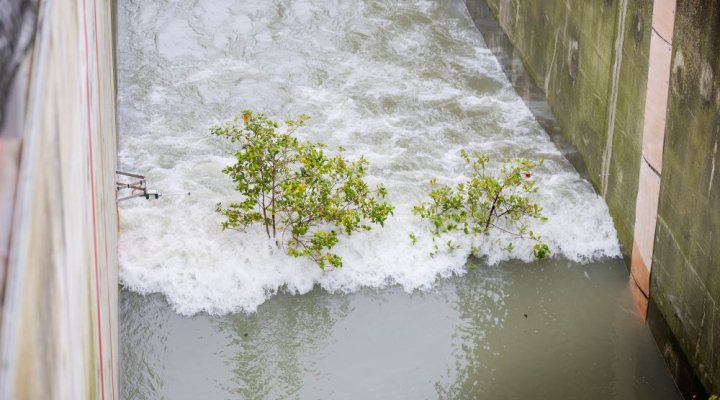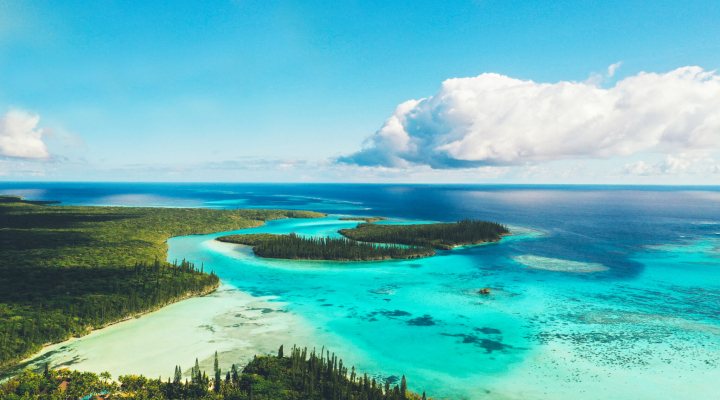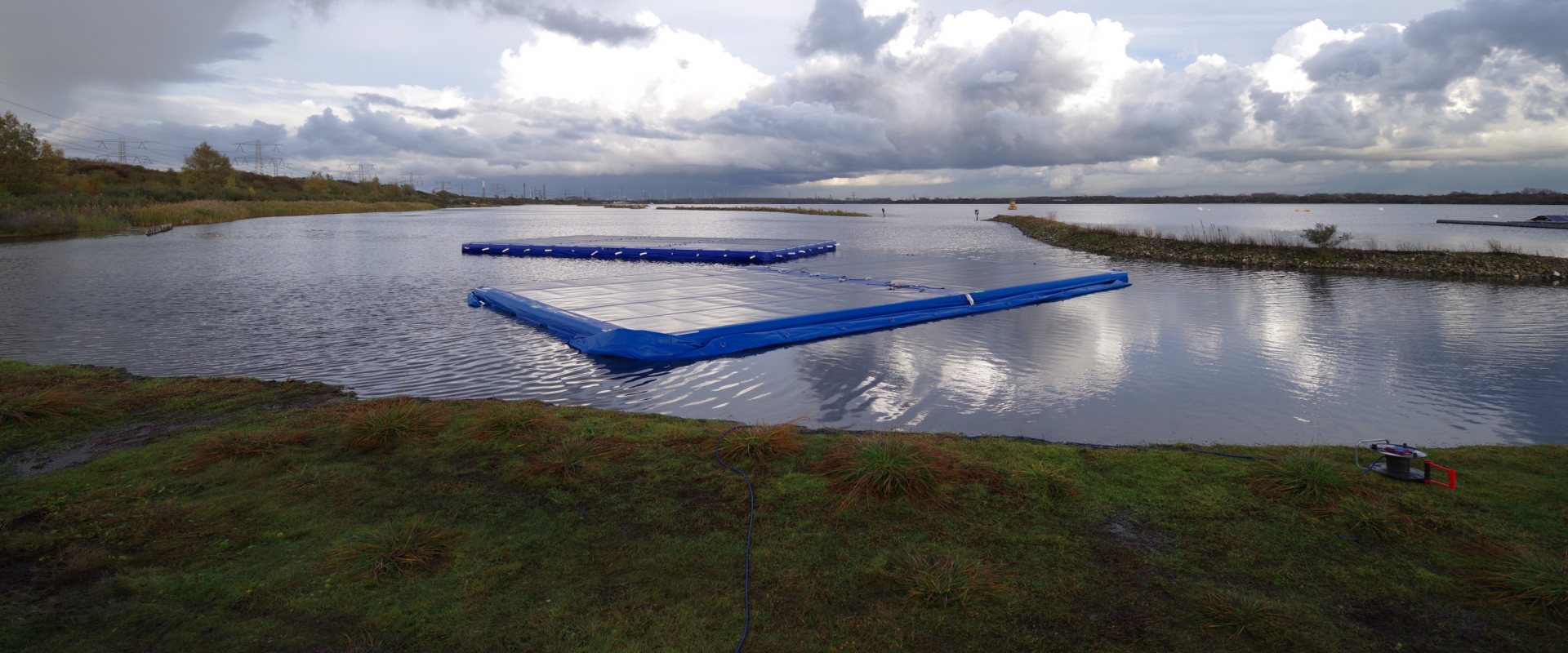
First test with thin-film solar cell covered floats
A consortium led by Dutch research institute TNO installed two floatable units covered with a thin-film PV material that can harvest solar energy. The floating PV panels will be tested on an inner lake in the Netherlands until summer 2022. After completing this project, the next step is to build and install a system at the North Sea.
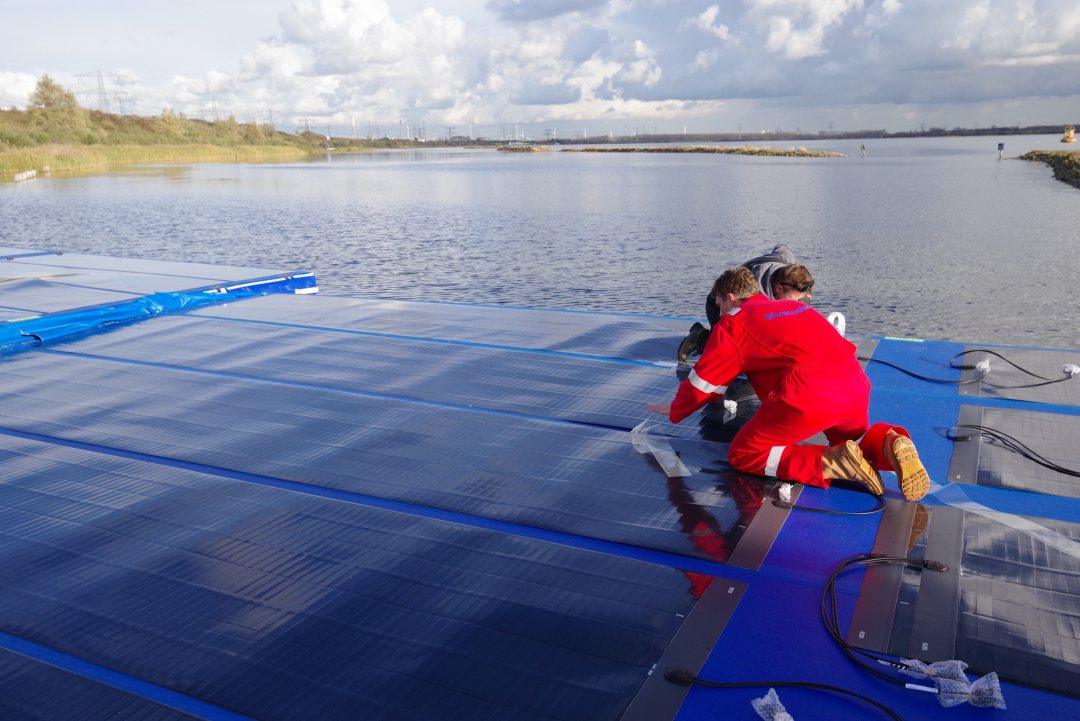

Flexible material
The new solar PV application consists of two floats measuring 7x13m topped by 20 kWp of solar panels. Both the solar panels and the floats are made of a flexible thin-film PV material developed by the consortium.
During this first field test the consortium will look at various aspects of the system, such as the energy yield of the flexible solar panels, the behaviour of the floating units when faced by waves and strong winds, the growth of organic material on the units, and economic viability.
The project is being executed by a broad consortium in which TNO is partnered by Bluewater Energy Services, Genap, Marin, Endures, and Avans University of Applied Sciences. Bluewater is responsible for anchoring the system. Genap developed the flexible floats. Marin tested the hydrodynamic properties of the floats in its model test basin. Endures studies organic growth on the panels and drivers, and how to prevent it. Finally, Avans is developing maintenance and recycling strategies for this concept.
Economical viable
According to Wim Soppe, researcher at TNO, this kind of offshore PV does not yet exist. ‘It is technically very challenging to install large floating systems with solar panels at sea and keep them operational for decades’, says Soppe.
‘Due to the expense of materials used for heavy, rigid floats, it is often difficult to make these systems economically viable’, he adds. ‘This new concept requires a lot less material and we therefore have high hopes that it will turn out to be a lot cheaper'.
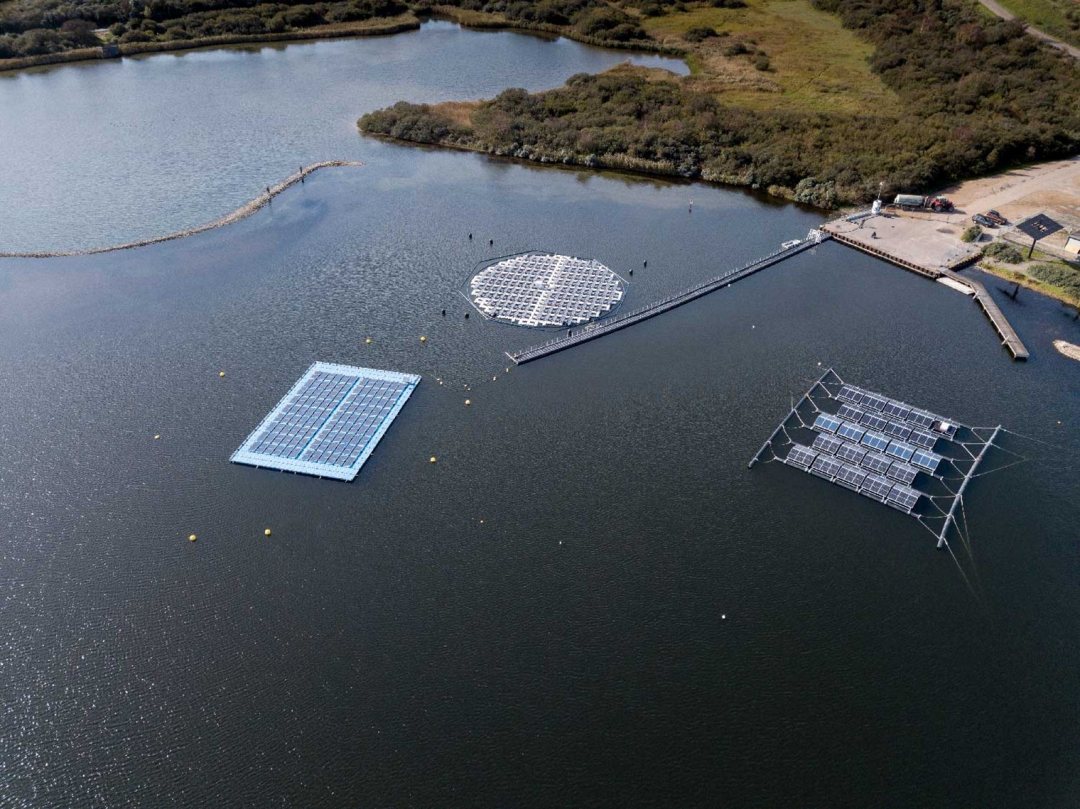

Three other floatable systems
The new floating PV units join three other floatable PV systems that are currently being tested at Oostvoornse Meer, an inner lake in the Dutch province Zuid-Holland, as part of the Fieldlab Green Economy Westvoorne. The other three systems are more conventional, using rigid solar panels mounted on floatable constructions as developed by Texel4Trading/SolarFloat (Netherlands), SolarisFloat (Portugal) and Isifloating by Isigenere (Spain).
Solar on water is expected to make a key contribution to the energy transition in the Netherlands. A solar energy capacity of 200 gigawatt-peak (GWp) is predicted in 2050, including 25 GWp via solar panels on inland waterbodies and 45 GWp at offshore solar energy. At several locations in the Netherlands, floatable solar parcs have already emerged. One of the largest is by water utility Evides and includes 4,787 PV modules (1.62 MW) that can be moved and aligned with the sun.




